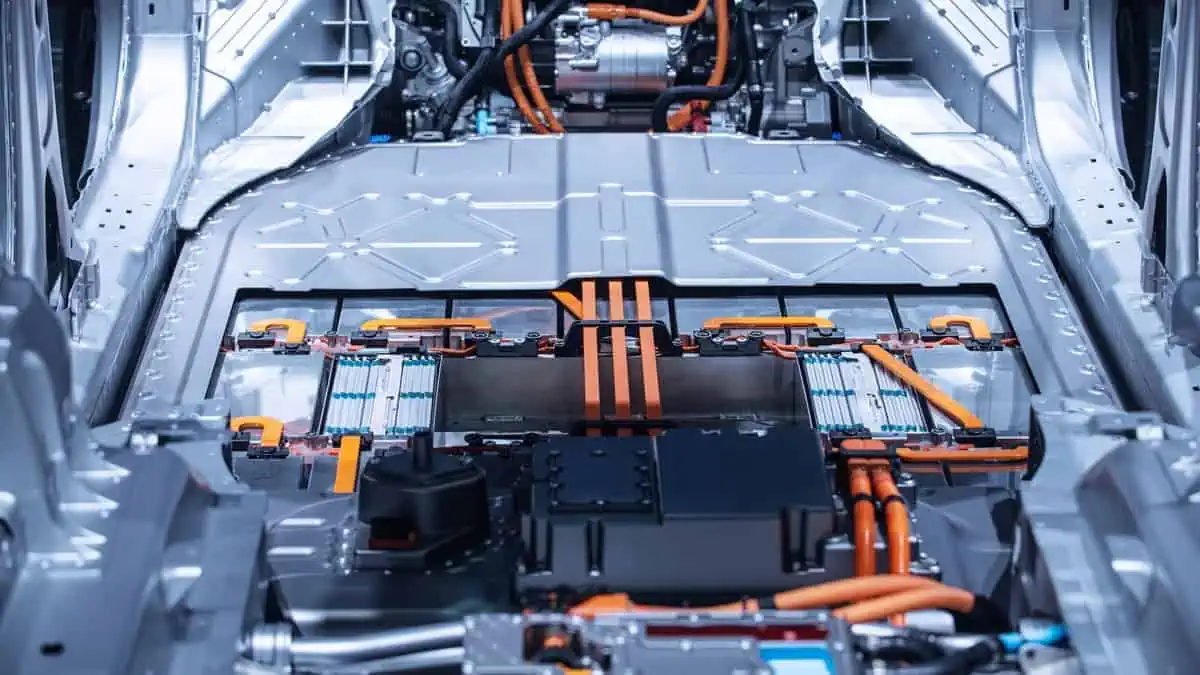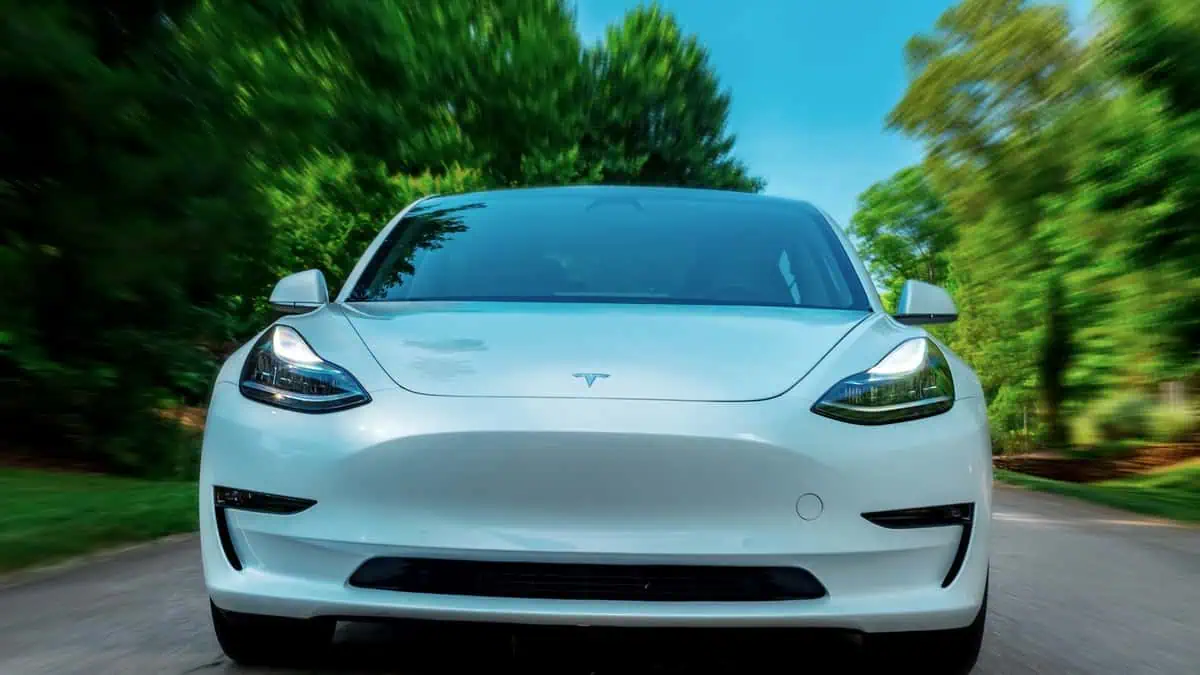Numerous electric vehicle types are becoming increasingly prevalent across the world. However, the range and potential for powering other EV types are both constrained, particularly e-aircrafts. The currently available batteries are too hefty and insufficiently powerful for airplanes to take off.
In response, researchers from two Chicago colleges collaborated in developing a solid-state battery that can enable the use of batteries in short-haul airplanes and large trucks and offer a longer range between charges, Inside Climate News reports.
“It’s all about the chemistry and energy density.”
Dr. Mohammad Asadi, Illinois Institute of Technology’s Chemical Engineering assistant professor and the battery project’s team leader (via Inside Climate News)
About the battery project
Argonne National Laboratory and the Illinois Institute of Technology researchers developed a new lithium-air battery that is said to enable 1,000 miles range and pave the way for the use of batteries to sufficiently power heavy trucks and aircraft.
However, it is currently just a lab-scale dime-sized battery cell. According to the report, the newly developed solid-state battery utilizes a solid ceramic electrolyte material and a solid-state lithium cathode and anodes. This innovation eliminates the safety concern of overheating and fire, which is usual for the traditional liquid variant. It is also air-permeable, enabling the battery to handle more energy.
“The lithium-air battery has the highest projected energy density of any battery technology being considered for the next generation of batteries beyond lithium ion.”
Larry Curtiss, Argonne Distinguished Fellow
The new solid electrolyte developed by the team is constructed of a ceramic polymer substance created from reasonably affordable materials in nanoparticle form. The new solid promotes chemical processes that, upon discharge, result in lithium oxide (Li2O).
“The chemical reaction for lithium superoxide or peroxide only involves one or two electrons stored per oxygen molecule, whereas that for lithium oxide involves four electrons.”
Argonne chemist Rachid Amine
The researchers’ lithium-air design is apparently the first-ever of its kind to obtain a four-electron reaction at room temperature. Additionally, oxygen from the ambient air is used to fuel its operations. The ability to function in air eliminates the requirement for oxygen tanks, a challenge for older designs.
This battery development may unlock extremely long-range and more efficient EVs. Even though larger batteries would be required to power cars or airplanes, the newly developed battery would still be far smaller and lighter than currently available.
“With further development, we expect our new design for the lithium-air battery to also reach a record energy density of 1200 watt-hours per kilogram. That is nearly four times better than lithium-ion batteries.”
Larry Curtiss, Argonne Distinguished Fellow
Looking past lithium
Lithium has another drawback in that it is a non-renewable resource, just like fossil fuels. That said, the Argonne National Lab researchers are apparently considering alternatives to lithium and developing original materials with the aid of a supercomputer.
They aim to have one of these hypothetical substances be stable, affordable, and renewable enough to usher in a brand-new era of clean energy and battery storage.
“I think in the next ten, twenty, thirty years there’s going to be a future that is going to look very different than the past.”
Dr. Vinkat Sirinivasan, Argonne Collaborative Center for Energy Storage Science (ACCESS) Director (via Freethink)
See Also:
- Solid-State NASA battery stacks all cells in one case, reaching 500 Wh/kg energy density
- EV battery market projected to surge fivefold to $616 billion globally in 2035
- NanoGraf’s “world’s most energy-dense” 18650 battery cell with secure silicon dioxide
- Airbus announces R&D deal with Renault for solid-state batteries
- Svolt Energy to build its first battery cell production plant in Germany
Indeed, these revolutionary small batteries have so many potential applications. It is possible that credit card-sized cell phones, all-electric cars on the road, and electric planes soaring through the skies may all become mainstream.






